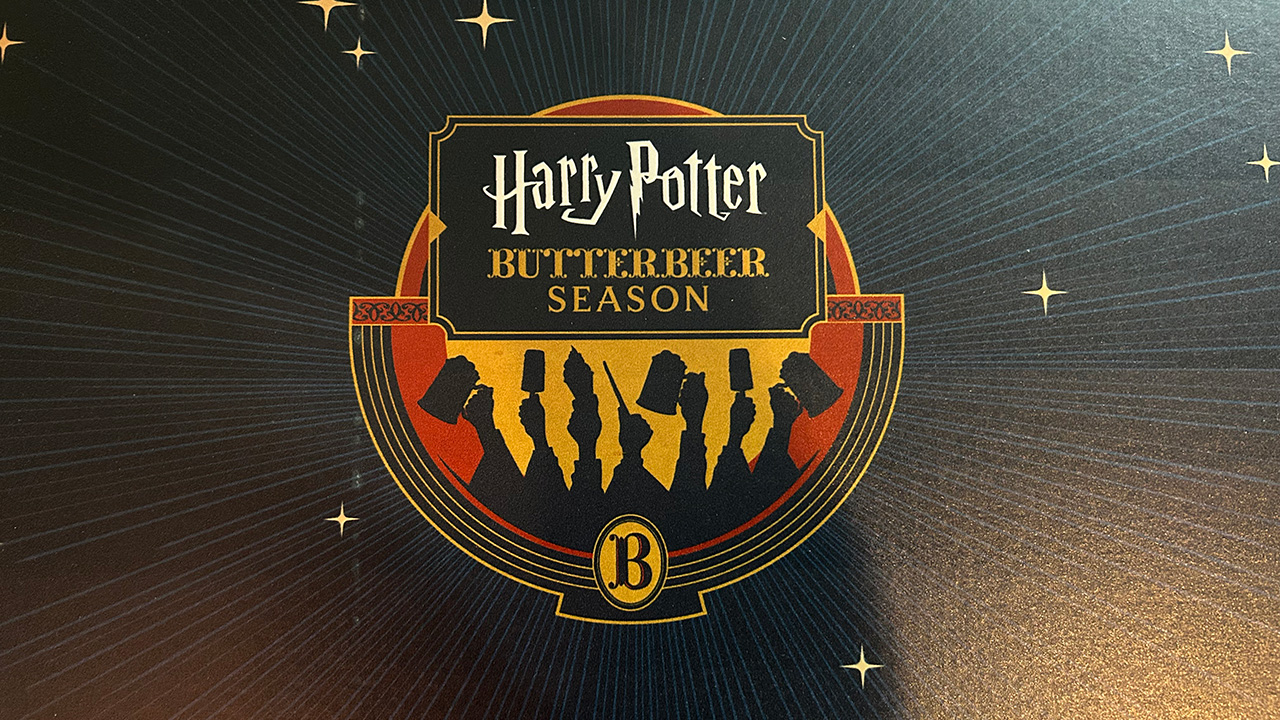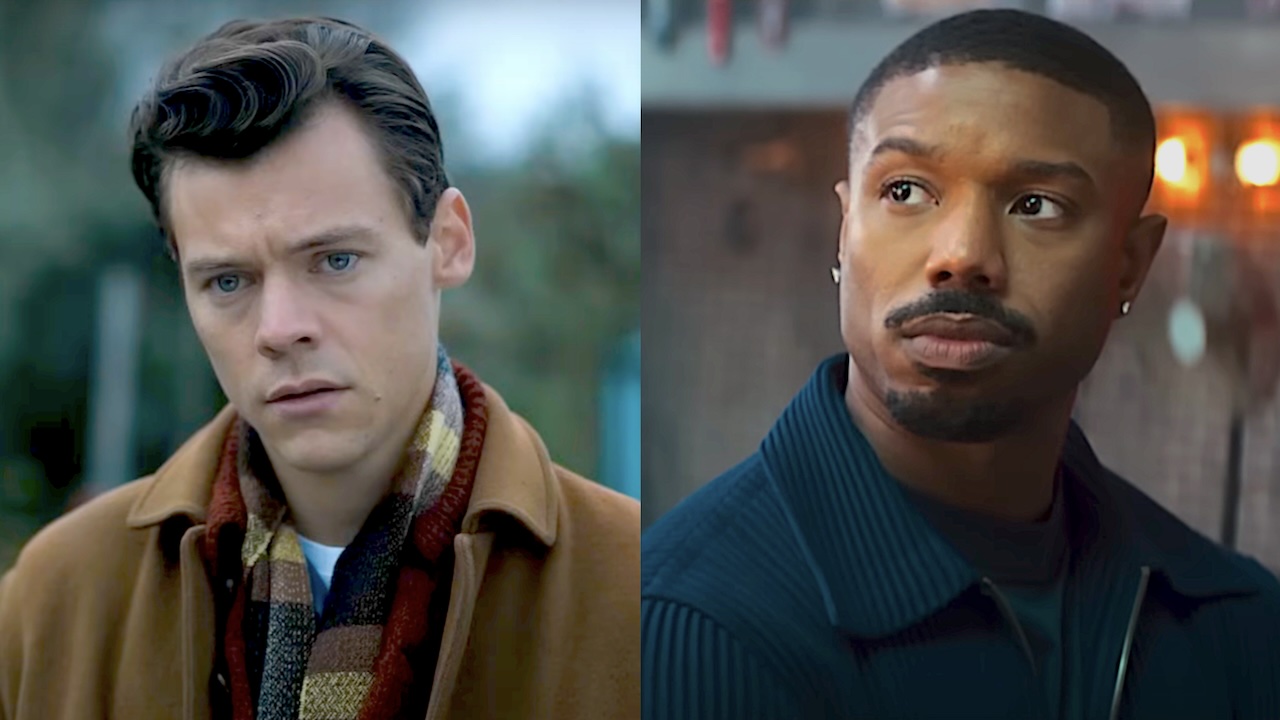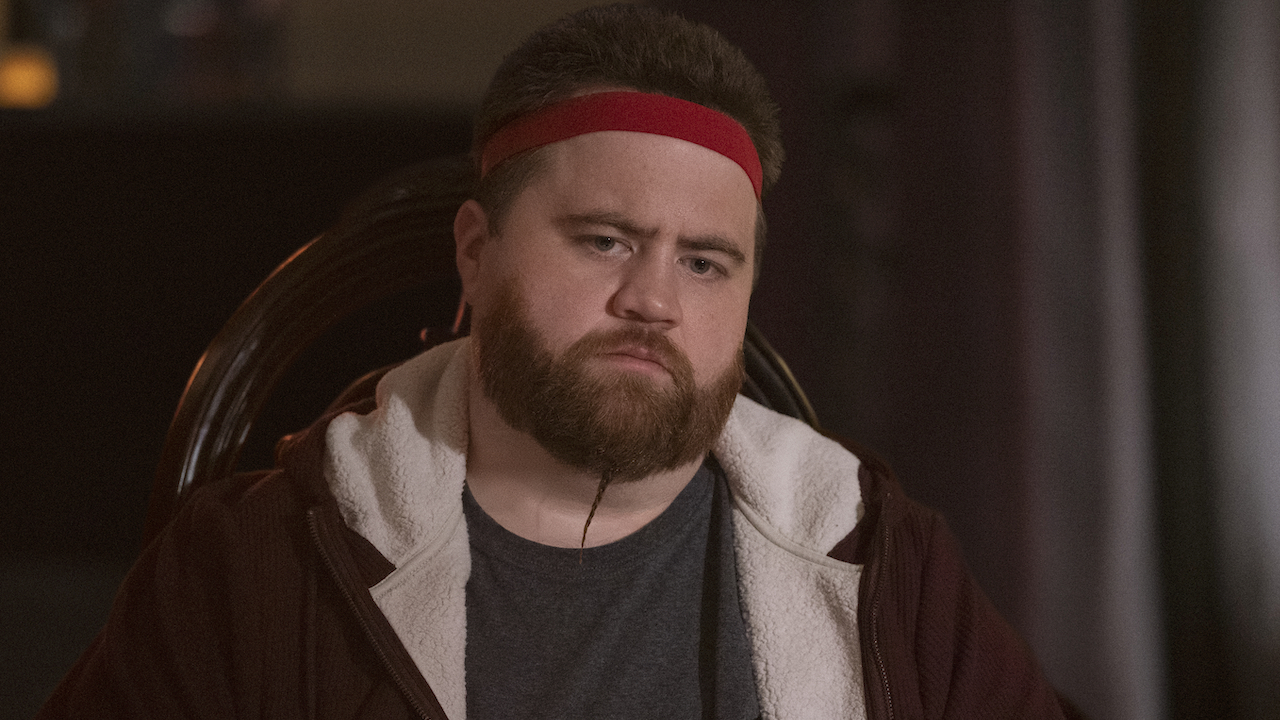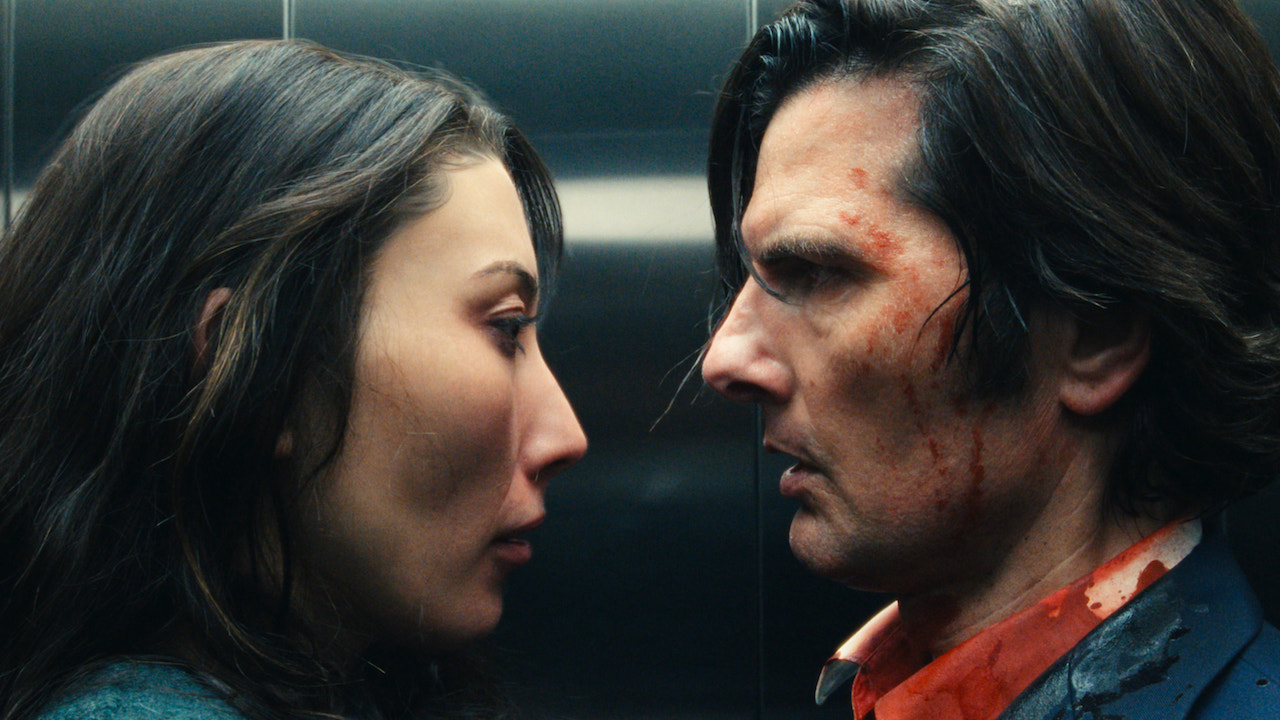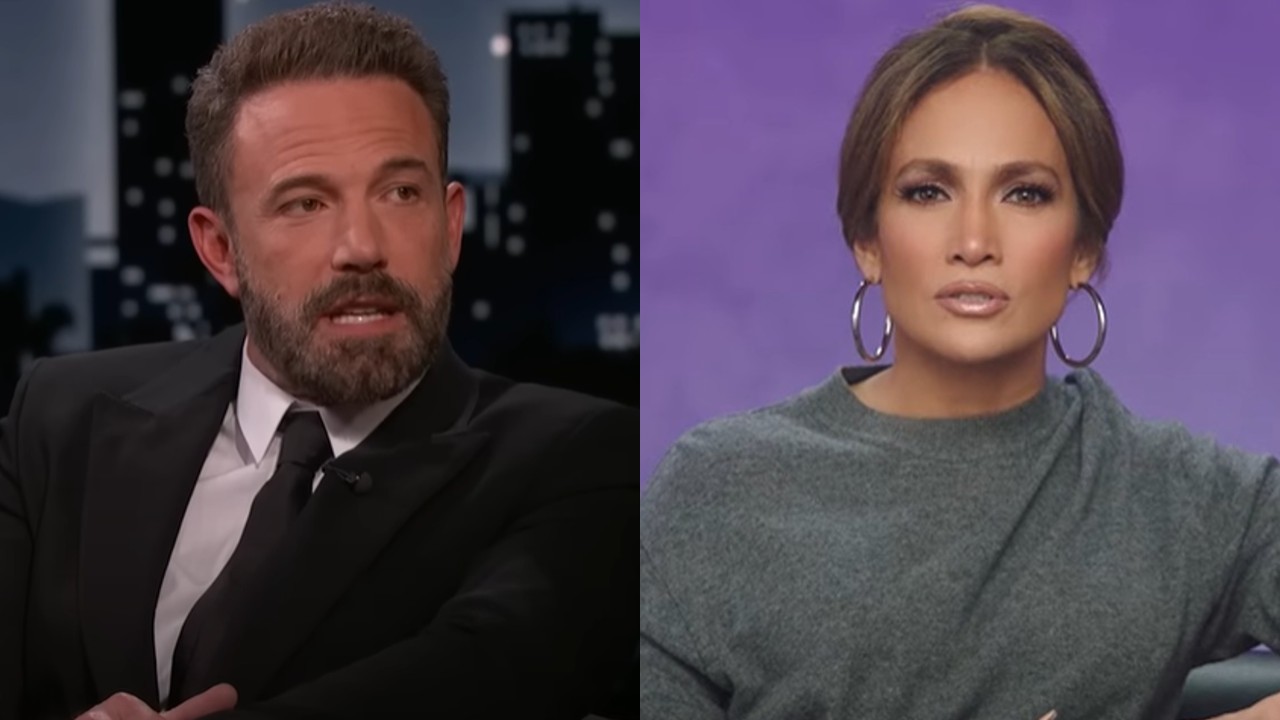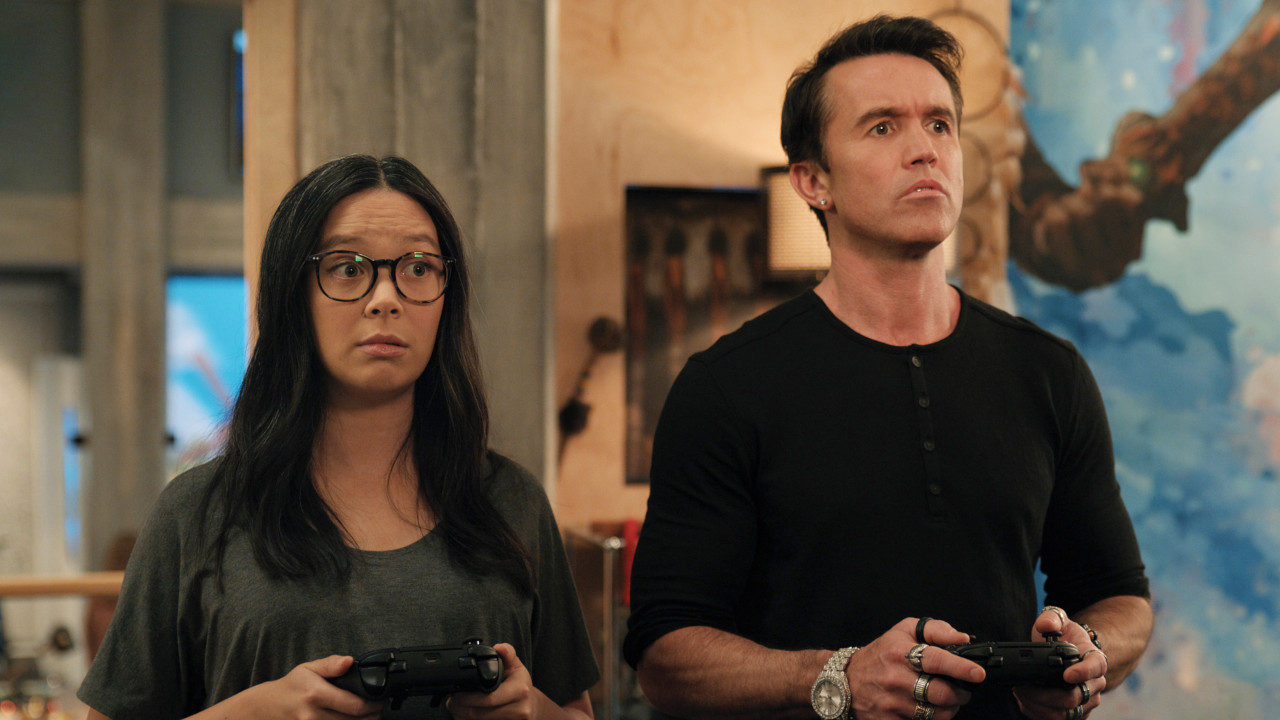The History Of Nudity In R-Rated Films
This week sees the release of Chris Pine's new movie Outlaw King on Netflix, and while the film is getting middle of the road reviews in general, there's one thing about the movie that a lot of people are talking about. That one thing is Chris Pine's penis. Yes, while screen nudity is so common that it's hardly remarked upon in film, that's almost always female nudity that we're talking about. Male nudity is far rarer and is therefore much more controversial. Or is it that it's controversial, and therefore rarer?
Since the instituting of the Motion Picture Association of America's rating system in 1968, exactly what you can and can't show on screen, and who gets to see it if you do, is far more art than science. Quite often nudity, how much of it there was or exactly what the actor was doing while naked, was the determining factor in whether a movie received a wide release friendly R-rating or the dreaded NC-17 (or the X-rating that came before that).
Nudity, and the sex that often, but not always, comes with it, has a long and, mostly confusing, history on film. First, some background.
While nudity in one form or another has been part of film for as long as there's been film, the first instance of female nudity in a mainstream Hollywood movie is credited to Annette Kellerman in the 1916 movie A Daughter of the Gods. However, the Hayes Code which went into effect in the 1930s brought an end to on-screen nudity for decades. We didn't see it again until Jayne Mansfield in the 1963 film Promises! Promises!. The film was banned in some places, and released in an edited form without the three nude scenes in others.
It should be noted, the watershed moment almost came slightly sooner and with a much bigger name. Marilyn Monroe filmed a scene that would have had her skinny dipping for the 1962 comedy Something's Gotta Give, but Monroe was fired from the movie, and it was never completed. She then filmed another nude scene for The Misfits, but the scene was cut in editing due to adding nothing to the movie.
With 1968 would come the adoption of the MPAA rating system, which was an attempt to allow filmmakers to make the movies they wanted, with language, and violence and nudity if they so chose, while still preventing children from being exposed to material that was deemed inappropriate. With this came some sort of structure as it regards nudity in film and what was acceptable for whom, but the organization has never been entirely transparent and so we're left to guess based on the movies that we get what is acceptable and what is not. For example: Nudity associated with sex is sure to get you an R-rating, but nudity all by itself can be acceptable in PG-13 movies, like Titanic.
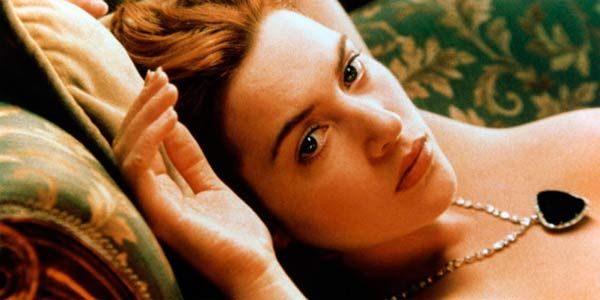
One of the first tests for the new system would come in 1969 with the British film Women in Love, which would include a naked male wrestling scene. While the homoerotic aspects of the sequence go without saying, it's not an overtly sexual scene and while the movie was banned in some counties because of the sequence, it doesn't appear there were any issues with the movie obtaining an R-rating.
CINEMABLEND NEWSLETTER
Your Daily Blend of Entertainment News
In the early days, an X rating wasn't the box office poison that it later became. In the early 1970s, movies like Midnight Cowboy, A Clockwork Orange, and Last Tango in Paris were all initially released with X-ratings, though the former two later saw cuts that allowed for re-releasing as R-rated films so that they could reach wider audiences.
The Clockwork Orange re-cut only removes about a total of 30 seconds for a pair of sexually explicit scenes, (one an orgy, another a rape scene) which shows just how tenuous these changes could be. Neither of the scenes is really any different, just shorter, but that was apparently the difference for the MPAA.
Male nudity, while certainly not common in film, has become more common over the last couple of decades. The conventional wisdom was that male frontal nudity was a near guarantee that you'll find your movie with an NC-17 rating, but that doesn't really seem to be the case. While most major movies that have included male nudity in recent years (Wild Things, Jackass 3D) certainly had other reasons for their R-ratings, most of the movies that have had to fight to get an R-rating have involved female nudity.
In 1992 Basic Instinct was originally given an NC-17 rating. Again here, like A Clockwork Orange, only about 40 seconds worth of material was actually cut from the film. For the rest, director Paul Verhoeven says he used alternate camera angles of certain scenes to make the visuals less explicit. The famous scene of Sharon Stone uncrossing her legs sans underwear made it into the film unscathed. Even in a more modern era, however, not every movie bothers to push for an R-rating. 1995s Showgirls kept its NC-17, though R-rated versions do exist, and while the film was an overall box office bomb, Showgirls is one of the most financially successful NC-17s movies ever made.

Eyes Wide Shut was Stanley Kubrick's last movie, and it didn't make it to theaters without controversy. The masked orgy scene earned the film an NC-17 rating in its first try with the MPAA ratings board as well. Distributor Warner Bros., however, wanted to be sure the film obtained an R-rating, resulting in the studio taking a very unique step. Rather than actually cut anything out of the film, digital figures were added to the scene and placed in front of the most controversial moments, blocking them from the view of the theatre audience.
However, the bigger sex-related rating issue of 1999 was probably eventual Oscar winner Boys Don't Cry. The film has some graphic violence, including a rape and murder scene that had to be dealt with to avoid an NC-17 rating. However, one specific objection from a member of the MPAA was actually that a romantic sex scene between Hilary Swank and Chloe Sevigny which contained an orgasm that was simply "too long." It's as if to say, "That brutal murder scene is cool, but these naked people are having far too much fun."
The length of a sex scene would again be an issue in 2001 when Monster's Ball would have to cut about a minute of time from its emotionally powerful scene between Halle Berry and Billy Bob Thornton in order to obtain the R-rating it wanted.
In recent years, the MPAA has tried to make the rating system clearer to users by adding short descriptors to the standard rating so that people know exactly what sorts of material they will be getting. In 2010, this included the addition of a descriptor specifically for "male nudity" which came as a result of complaints the MPAA received by those who saw Sacha Baron Cohen's Bruno, and were apparently unready to see a penis on screen. This addition did not change the descriptor as it relates to female nudity. It still just says "nudity."
But it's not only what's below the male waist that causes some to get concerned. The Ryan Gosling/Michelle Williams drama Blue Valentine initially received an NC-17 rating due to a scene where Gosling's character performs oral sex on Williams' character. The MPAA was criticized for the decision, vocally by Gosling, who claimed that had the genders been reversed there would have been no issue, showing an inappropriate bias on the part of the MPAA. The rating was appealed and Blue Valentine was released with an R-rating with no changes made.
Outlaw King has received an R-rating by the MPAA. As far as we're aware Chris Pine's nude scene is the only one in the movie, and it's bathing related, not sexual in nature. It's easy to wonder if there's a double standard going on in regards to nudity, but as the film is also about a rebellion against the English in 14th century Scotland, one assumes that the violence might be enough to earn the film the R-rating whether or not we saw Chirs Pine in the bath.
Nudity is always going to be a controversial topic, and the public perception of it will continue to change and evolve as culture does. While nudity between the sexes on screen is far from equal, it does seem like things are moving in a more equal direction. Certainly, there's no reason that one gender's nudity should be more acceptable than another's. Chris Pine doesn't think his penis is that big a deal, neither should we.
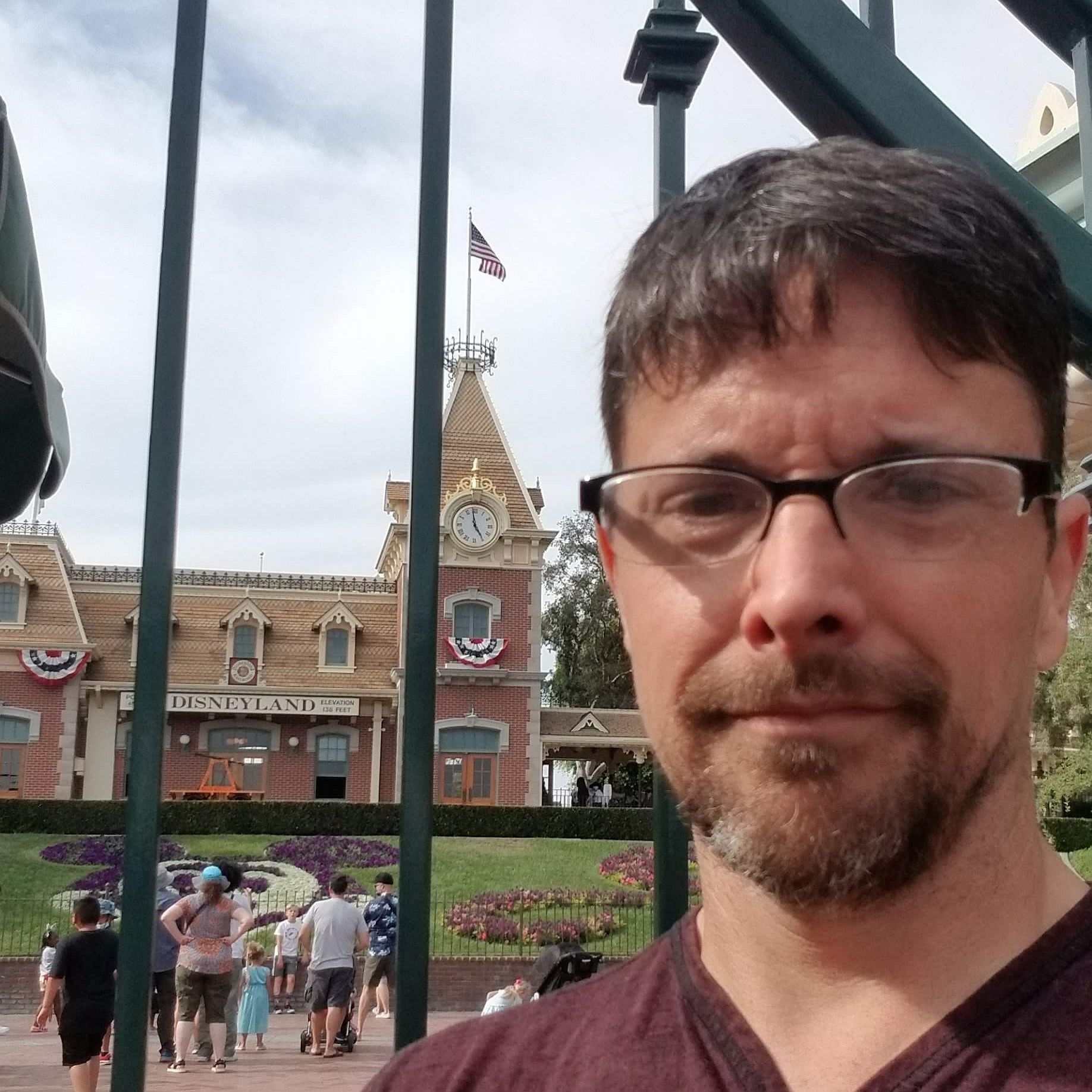
CinemaBlend’s resident theme park junkie and amateur Disney historian, Dirk began writing for CinemaBlend as a freelancer in 2015 before joining the site full-time in 2018. He has previously held positions as a Staff Writer and Games Editor, but has more recently transformed his true passion into his job as the head of the site's Theme Park section. He has previously done freelance work for various gaming and technology sites. Prior to starting his second career as a writer he worked for 12 years in sales for various companies within the consumer electronics industry. He has a degree in political science from the University of California, Davis. Is an armchair Imagineer, Epcot Stan, Future Club 33 Member.
